Think climate change is a hoax? Don’t watch this Google Earth timelapse
Google Earth's new Timelapse features shows you just how much humans are changing things
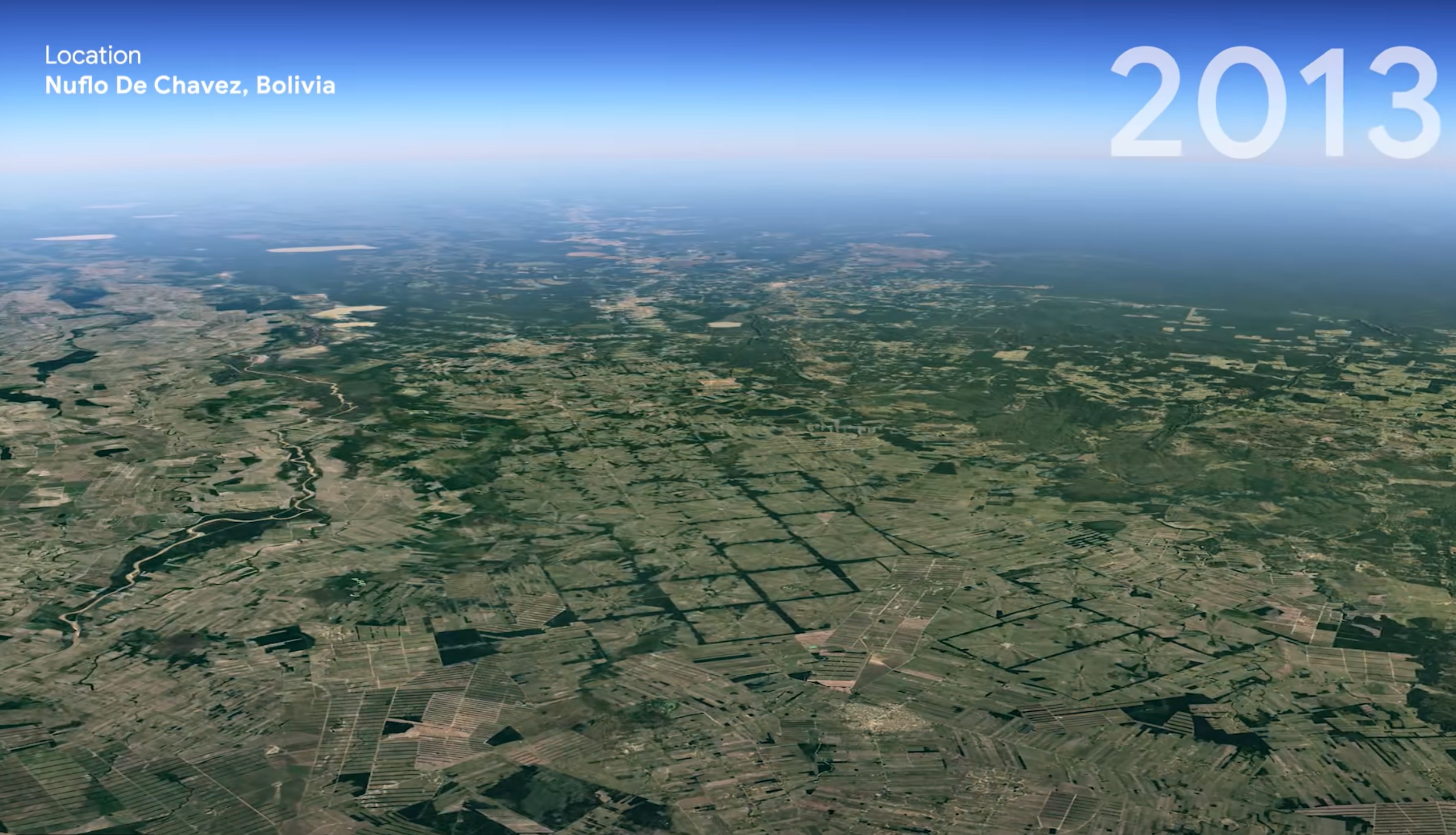
Human beings have had a massive impact on this planet, and Google Earth is launching a new time-lapse feature to show everyone exactly what that looks like.
Whether it’s climate change, deforestation, desertification, or any number of other things, the severity of human activity can be impossible to grasp until you see it for yourself. The new Google Earth feature, called Timelapse, will enable you to do just that — and what's more, it's already available to try.
- How to use Google Maps: 23 essential tips and tricks
- Google Maps vs Waze: Which navigation app is better?
- Plus: Amazon Kindle update adds killer feature you've wanted for years
Timelapse has been developed using 24 million satellite images taken between 1984 and 2020, to create a full 4.4-terapixel video mosaic. That makes it the biggest update to Google Earth since 2017.
Since Google wasn’t around in the ‘80s, and Google Earth didn’t exist until 2001, the company worked with multiple agencies including NASA, the US Geological Survey, the European Commission, and the European Space Agency to gather the imagery they needed.
The idea behind the update is to help people understand the causes of how the Earth is changing, and how that can be used to create some positive change. Rebecca Moore, director of Google Earth and Google earth Outreach, said, “It’s best for a landscape view of our world. It’s not about zooming in. It’s about zooming out. It’s about taking the big step back. We need to see how our only home is doing.”
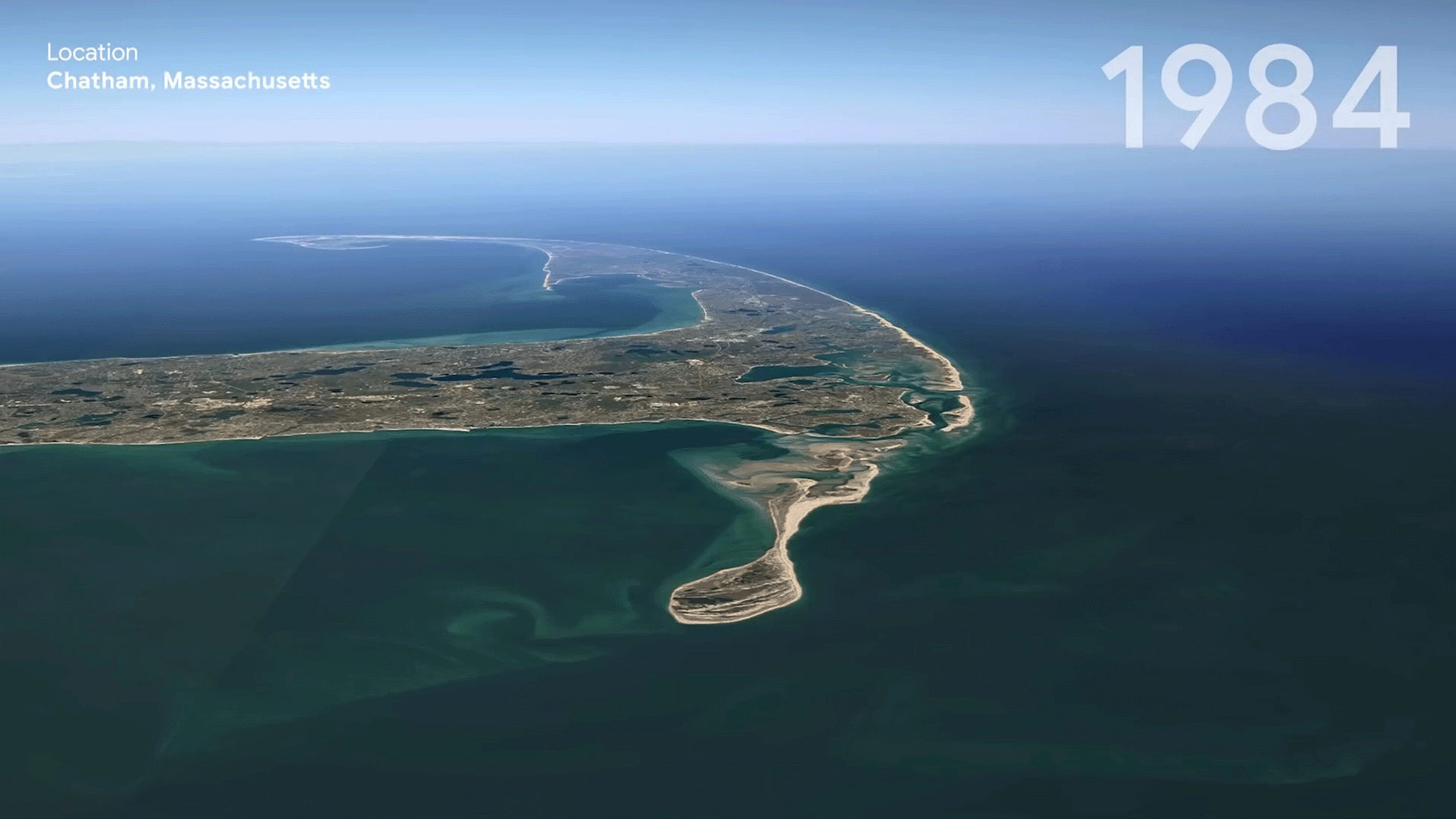
Try it for yourself, and you may not like what you see. Watching the Timelapse unfold is a pretty shocking experience, especially in areas such as the Amazon rainforest, where untold devastation is happening as land is deforested and repurposed for farming. Seeing just much the ice is melting in places like Antarctica and Alaska is similarly depressing.
Naturally, Google will be updating Timelapse every year from now on, and it promises to keep it updated for at least another decade. That way, we’ll be able to continue to see how our planet is changing, and what human beings are doing to continually mess the whole place up.
Sign up to get the BEST of Tom's Guide direct to your inbox.
Get instant access to breaking news, the hottest reviews, great deals and helpful tips.
How to use Google Earth Timelapse
All you need to do is head over to Google Earth or open the mobile app version (Google Play / Apple App Store) and hit the Voyager button, which looks like a ship’s wheel. This will take you to a menu with a number of different options.
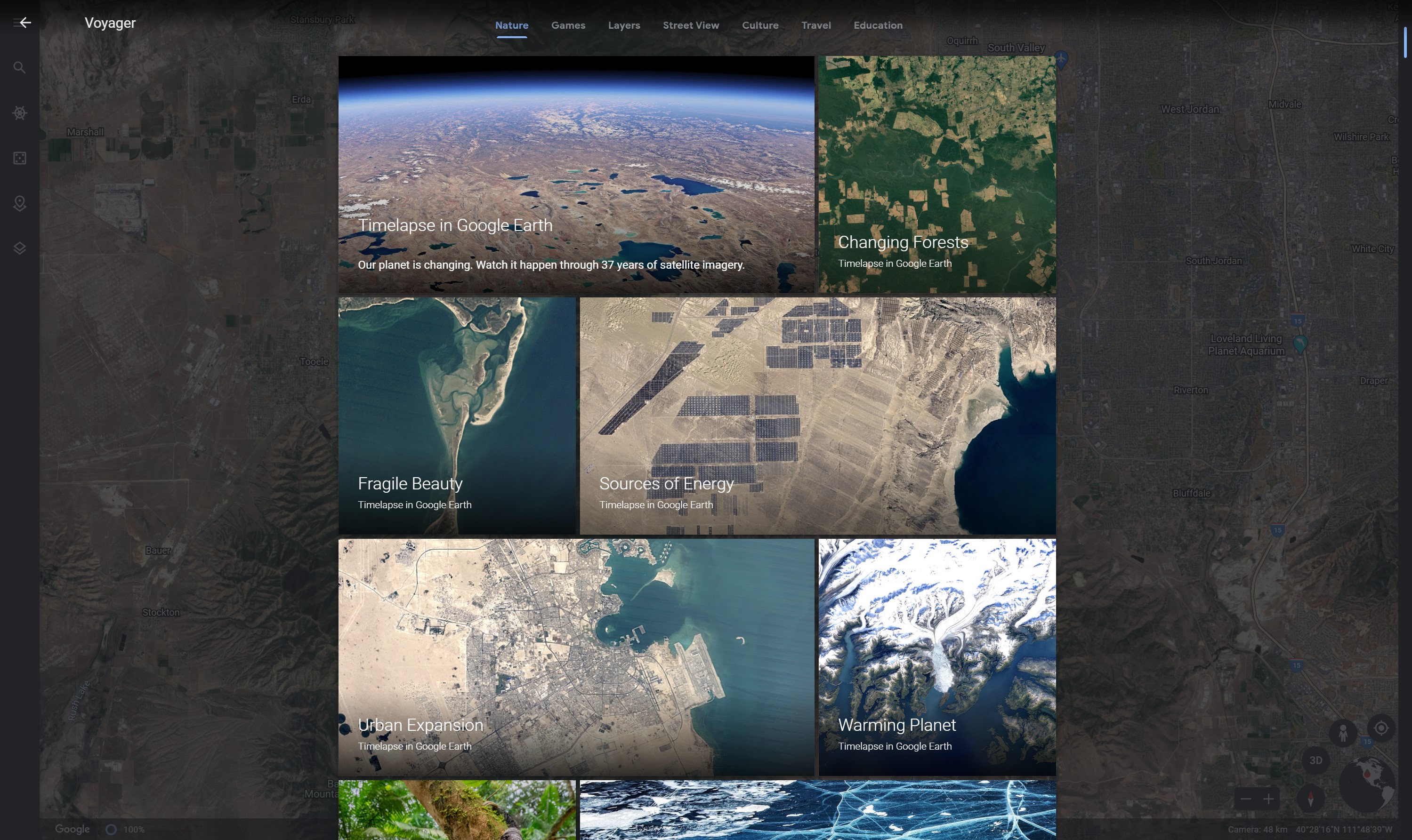
Clicking the Timelapse option lets you look at the entire planet and see how much any particular area has changed between 1985 and 2020. The search bar will let you go anywhere you like, and the timelapse itself will show you how the areas changed year-on-year. You just need to hit the play button and let the app do its thing.
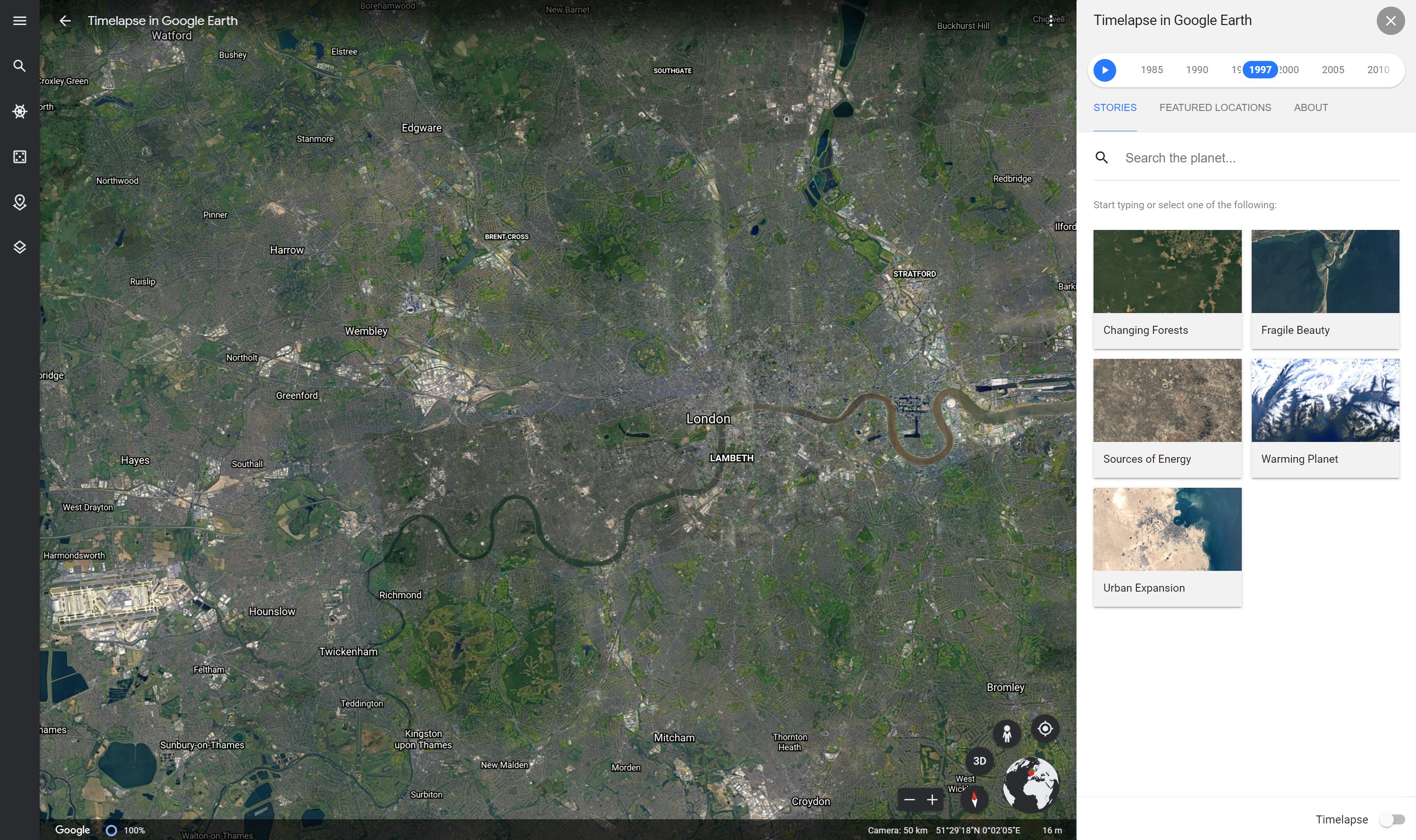
Alternatively you can click through manually using the timeline on the right-hand side of the page (on mobile, it appears below the image window). That way, you can get a proper look at each year before moving on to what came next.
Of course, Google has already selected several examples to show people how things have changed in different areas. Those can be accessed from the Voyager menu as before, or in the side bar under the Stories and Featured Locations tabs.
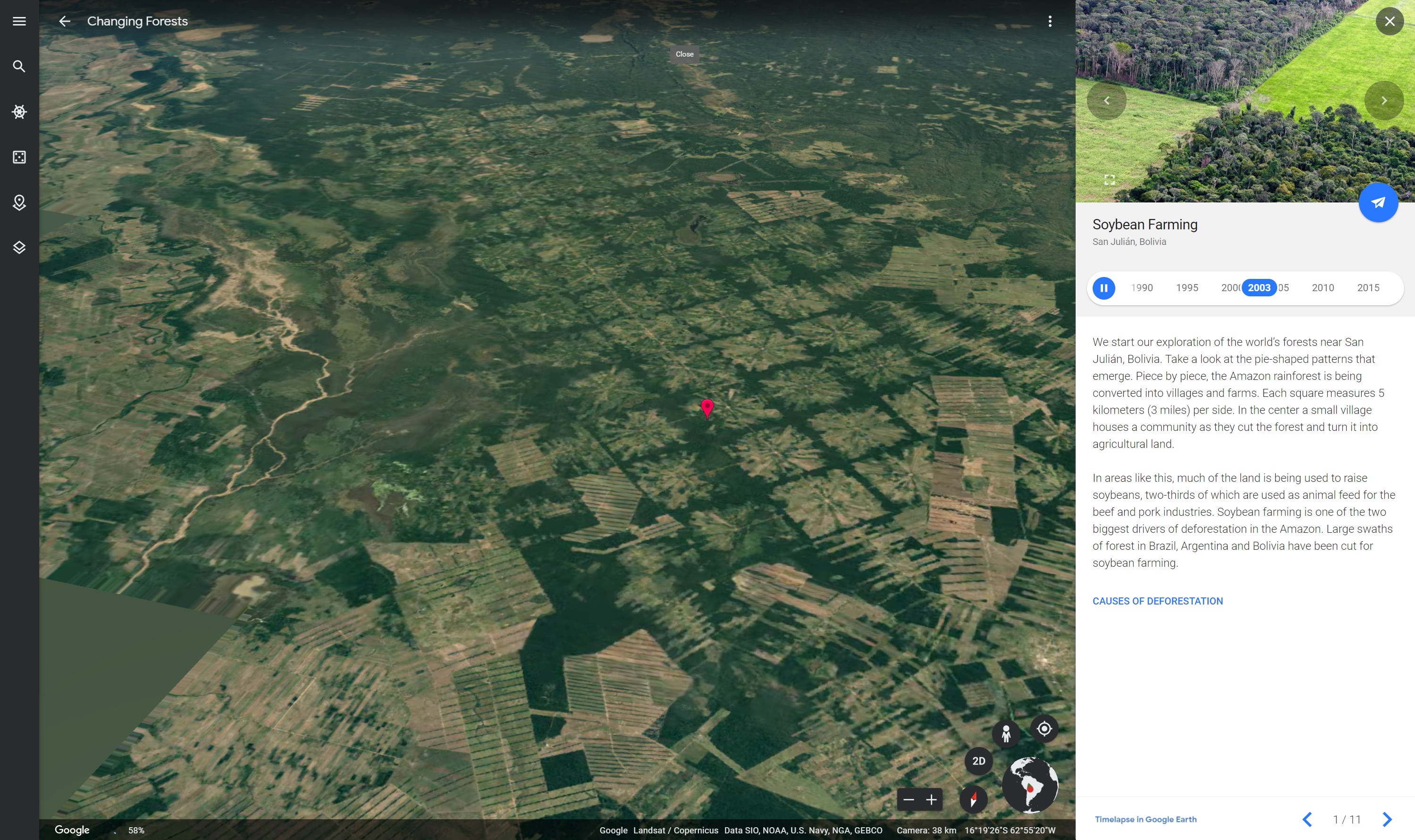
There aren’t many Stories to choose from, but each one will let you cycle through multiple locations across the world and tell you what’s going on in each one. Deforestation is the one pictured above, and there are 11 different case studies for you to run through.
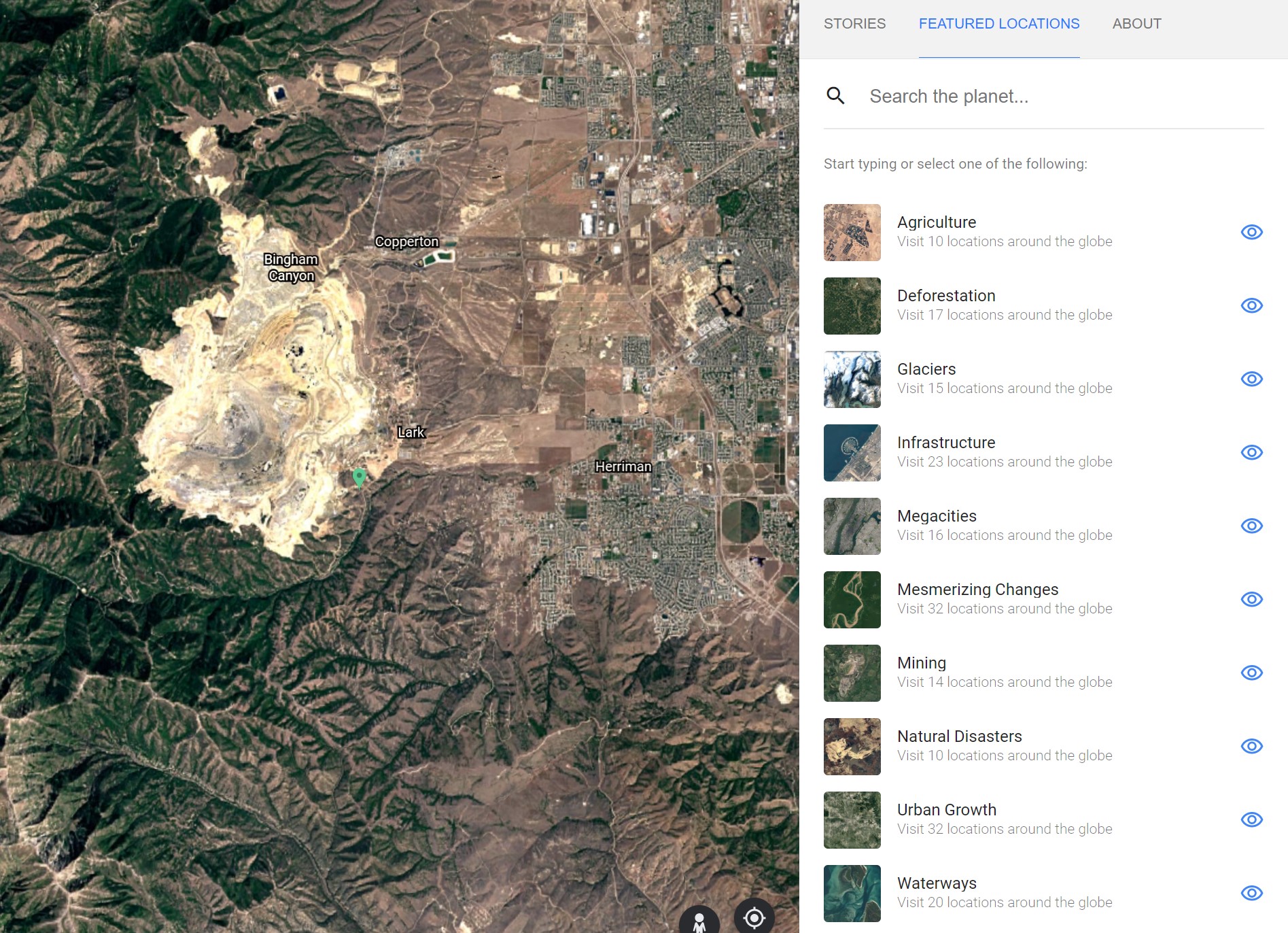
Featured locations are exactly what the name describes: it’s Google offering examples of changing locations across 10 different categories, letting you see how things have changed over the past 35 years. But unlike Stories, there’s no background information there, so it’s up to you to work out what you’re looking at.
You could spend hours looking at how the world has changed, but make sure to take away the important message: change is inevitable, but a lot of this change is our fault. It's about time we started doing something serious about it.
- More: The best electric cars right now

Tom is the Tom's Guide's UK Phones Editor, tackling the latest smartphone news and vocally expressing his opinions about upcoming features or changes. It's long way from his days as editor of Gizmodo UK, when pretty much everything was on the table. He’s usually found trying to squeeze another giant Lego set onto the shelf, draining very large cups of coffee, or complaining about how terrible his Smart TV is.
-
Pauline Demetry I do believe in climate change in that Humans are adding quite a bit to what naturally happens.Reply
The video shown however does not show what the title states. Two examples, the artic and the Atacama desert area and dried ocean with the latter Atacama ocean being iffy because that ocean was drained because of severe over irrigation, while it is a Human mismanagement fault, the desert ocean is drying up because of Humans exploitation and it's loss of mass so quickly. These are the only two examples. The rest of the examples shows Humans cultivating and claiming land over the shown years that then become seasonally green instead of a constant green used by the makers of the film to exaggerate their point. The ocean Island pic showed sand migration. There were better examples of rising sea water to show rather than the example given.
It appears the author of that video was restricted to certain areas that had consistent pictures of the same area over time and did not have the ability to show better examples. This video will do little to persuade none believers of climate change.
